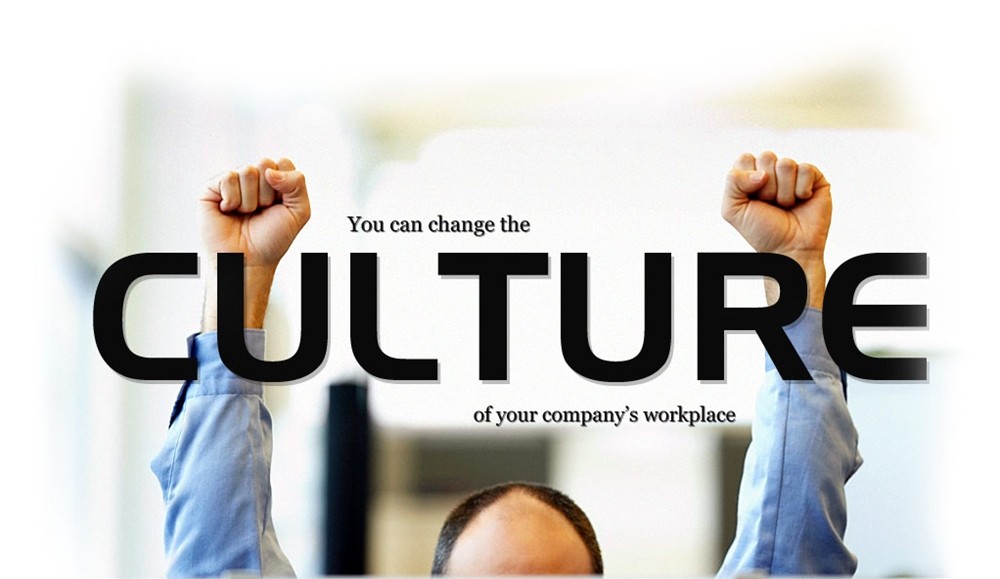Repeatedly I find myself reading the startling statistic that only 33% of employees are engaged at work. At a recent Talent Development meeting I heard the frustration of this reality expressed in this comment: “I find it difficult and sometimes impossible to be fully engaged because the culture at work doesn’t affirm people enough.”
What is the core issue of disengagement? The issue is a culture problem. Work cultures tend to drift to the lowest area of tolerance of ineffectiveness. Whether it is management or the person in shipping, lack of engagement is usually a work culture issue before it is an individual issue. High performing teams self-monitor engagement to maintain a high level of effectiveness.
What does an engagement culture look like?
The answer is found in the following 10 statements. When the response to 8 to 10 of these is a positive response by a majority of employees, the result is a highly effective strengths-based culture.
- I do what I do best most of the time.
- I have opportunity to continue to develop at work.
- I see how my work connects and contributes to the mission and purpose of my company.
- I have clarity about what is expected of me.
- I have what I need to accomplish what is expected of me.
- I receive regular feedback on my progress from a manager/leader.
- I receive regular recognition and praise for the work I accomplish.
- I feel my opinions are valued and matter.
- I enjoy the people I work with and count some as friends.
- I work on a team where everyone is committed to high quality work.
Imagine the difference in your work place with a culture of effective engagement. I believe we can do better than 33%! In my work with leaders and teams I have discovered several strategies that produce an effective strengths-based culture.
7 Strategies for Effective Work Culture
Leadership Alignment– Culture starts with leaders who model the behaviors and traits they want others to embrace.
Manager Alignment– Develop teams through the lens of each person’s strengths.
Internal Communication– The key to on-going alignment is generating communication in language affirming strengths and enthusiasm for engagement.
Engaged Community– Make strengths, engagement, and team effectiveness an integral and natural part of the organization’s day-to-day rituals and policy.
Performance Management- Focus development and recognition on areas where employees work best and can excel.
Coaching– Build a network of trained coaches who will champion people’s strengths and development.
Brand Building– Connect the organization’s culture to its larger brand.
You cannot place the sole responsibility for lack of engagement on work culture. As I have said in an earlier post, each one of us must show up and engage in our best work.
If you do this, you may inspire others and be a catalyst for culture change.
What is your next step?
Perhaps you need to discover your strengths in order to achieve full engagement.
You may be a leader/manager in an essential role in developing a great work culture.
Contact me to engage in one of my transformational coaching plans. As a certified Effectiveness Coach I empower leaders and teams to discover, engage, and maximize strengths to build a great work culture. I have a plan that will fit you.

